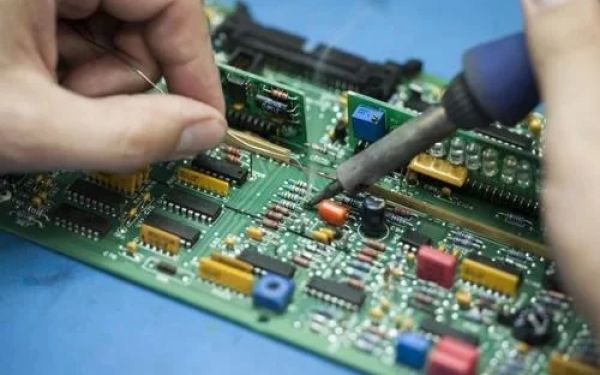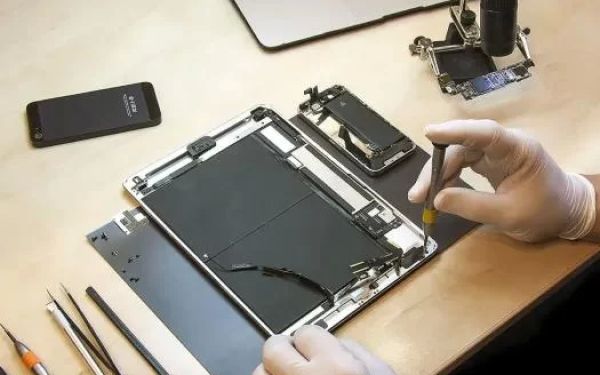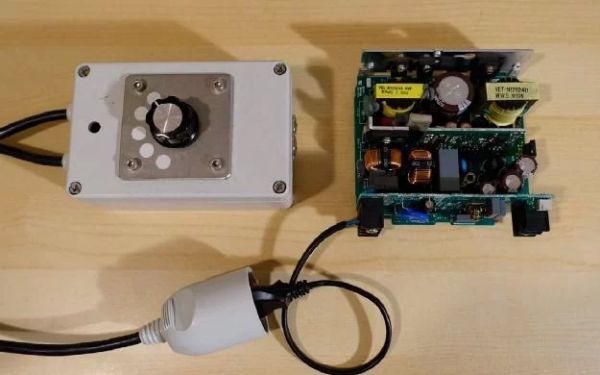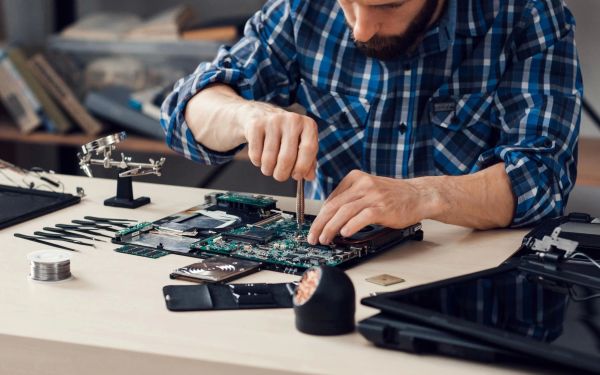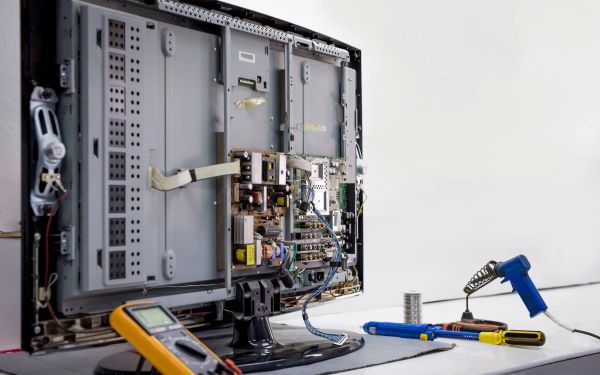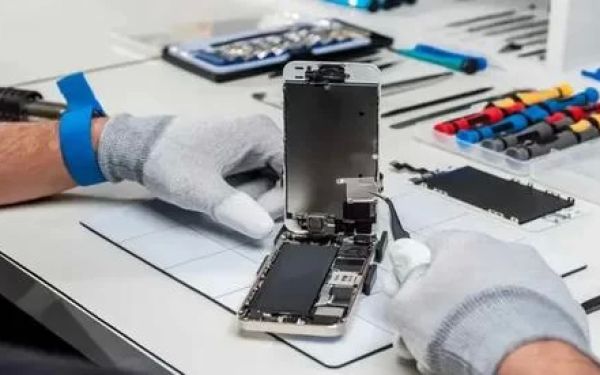What to Do If Your USB Boot Drive Is Not Recognized: Troubleshooting Tips
- Understanding the Problem: USB Boot Drive Not Recognized
- Check the Hardware: USB Port and Drive Condition
- Verify BIOS Settings: Ensuring USB Boot Priority
- Recreate Your Boot Drive: Fixing Corrupted Files
- Advanced Solutions: Troubleshooting Beyond the Basics
- How Ninja Stik Can Help: Optimizing Your Boot Experience
If you're trying to boot your system from a USB drive and it's not being recognized, you’re not alone. This is a common issue that can occur for a variety of reasons, and it can be frustrating when your USB boot drive is essential for installing or repairing your operating system. Fortunately, there are a few key troubleshooting steps you can take to resolve the issue and get back on track.
1. Check the Hardware: USB Port and Drive Condition
The first step in troubleshooting a USB boot drive that is not recognized is to examine your hardware. Sometimes the issue can be as simple as a malfunctioning USB port or a faulty drive. Here’s how to check:
- Try a Different USB Port: Some USB ports may not be functional or could be configured to work with specific devices. Try plugging your USB drive into a different port to see if it's recognized.
- Test the USB Drive: Check if the USB drive is working properly by connecting it to another computer. If it’s still not recognized, the drive itself may be faulty.
- Inspect the USB Cable: If you are using an external drive, check the cable for damage. A damaged cable can also cause recognition issues.
By isolating the hardware issue, you can eliminate simple causes before diving into more complex solutions.
2. Verify BIOS Settings: Ensuring USB Boot Priority
If your hardware seems fine, the next step is to check your system’s BIOS settings. Sometimes, your computer might not be set to boot from a USB drive by default. Here’s what you can do:
- Access BIOS/UEFI: Restart your computer and access the BIOS or UEFI settings by pressing the designated key (usually F2, DEL, or ESC) during startup.
- Check Boot Order: Ensure that the USB drive is set as the primary boot device. If it’s not, adjust the boot order to prioritize the USB drive over the hard disk or other devices.
- Enable USB Boot: Some systems may have a specific option to enable or disable booting from USB. Make sure this option is enabled.
Once these settings are configured, save the changes and restart your system to see if the USB boot drive is recognized.
3. Recreate Your Boot Drive: Fixing Corrupted Files
If your USB boot drive is still not recognized, there might be an issue with the bootable files. The USB drive could have corrupted or improperly configured boot files, which prevent it from being detected. Here’s how to fix it:
- Format the USB Drive: Use a reliable tool like Rufus to format the USB drive and create a fresh bootable installation. Be sure to select the correct file system (FAT32 or NTFS) depending on your needs.
- Check for Errors: If you’ve already created a boot drive, use a utility like Windows’ “chkdsk” to scan for file system errors that may be preventing the drive from working.
- Reinstall Bootable Files: If all else fails, download the latest ISO file for your operating system and recreate the bootable USB drive from scratch.
By recreating the boot drive with fresh files, you can resolve most boot drive issues caused by corruption or incorrect setup.
4. Advanced Solutions: Troubleshooting Beyond the Basics
If the previous steps don’t work, there are a few more advanced troubleshooting techniques you can try:
- Update BIOS/UEFI: Sometimes, an outdated BIOS or UEFI firmware can cause compatibility issues with USB boot drives. Check your motherboard manufacturer’s website for the latest firmware updates.
- Check USB Drive Compatibility: Some older computers may not support booting from newer USB standards (e.g., USB 3.0). Try using a USB 2.0 drive if possible.
- Disable Secure Boot: Some systems with Secure Boot enabled may block USB boot devices. Disabling Secure Boot in BIOS/UEFI can resolve this issue.
These advanced solutions address deeper system configuration issues that could be preventing your USB boot drive from being recognized.
5. How Ninja Stik Can Help: Optimizing Your Boot Experience
If you’re frequently encountering issues with boot drives, it may be time to upgrade your USB tools for a smoother experience. Ninja Stik offers high-quality USB devices that are designed to be compatible with a wide range of systems, ensuring reliable booting every time. With its robust construction and fast data transfer speeds, Ninja Stik provides an excellent solution for all your boot-related needs.
Visit Ninja Stik to explore our range of premium USB products, and make your booting process faster, easier, and more reliable.

